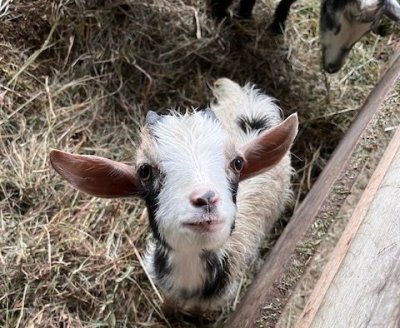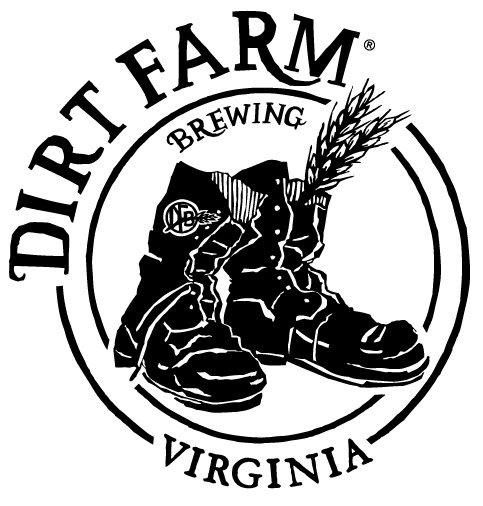We thought you might like to get acquainted with the creature that helped itself to some of your peaches-and-cream sweet corn this summer: corn earworm. According to the Cooperative Extension […]
Community Supported Agriculture, CSA, Produce Farm, U-Pick, Field Trips in Loudoun County, VA
▲


